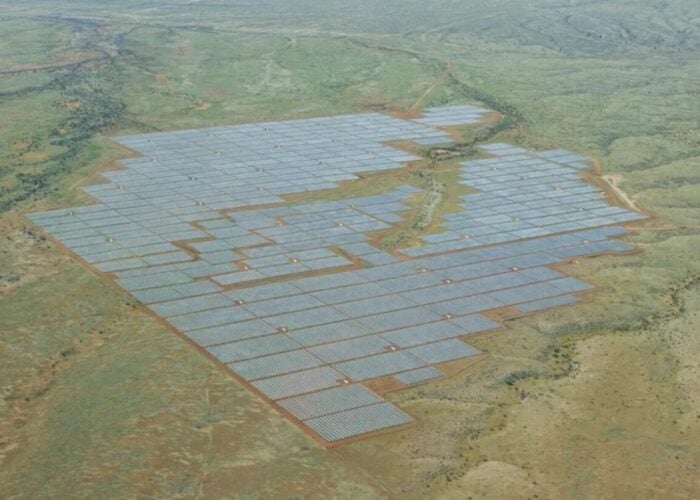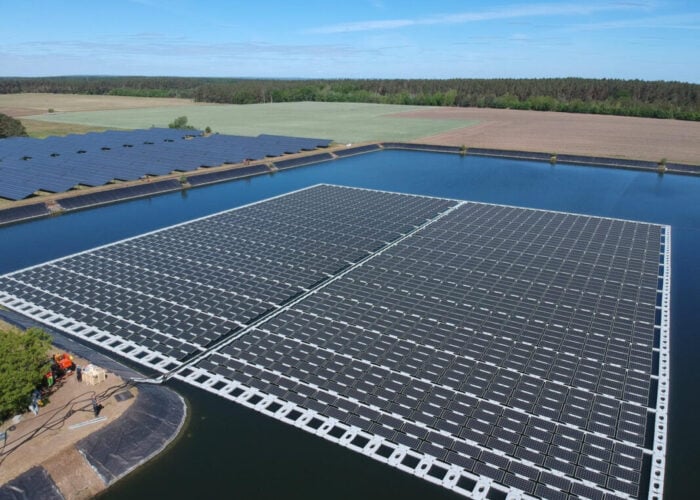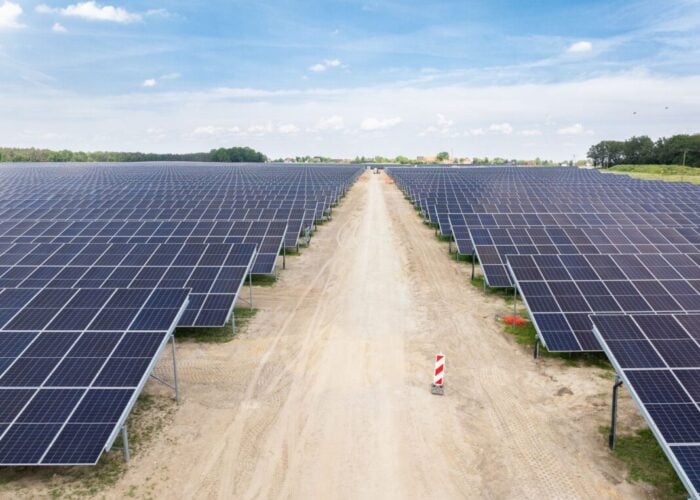The race to higher conversion efficiencies in volume production for both monocrystalline and multicrystalline cells continues with news that Canadian Solar plans to boost cell performance to 18.5% and 16.8%, respectively. This will be accomplished by using several advances that include improvements in screen printing techniques, better texturization and a modified selective emitter process. The company said that these successful R&D projects will be migrated to production lines in the fourth quarter of 2009.
Canadian Solar also announced that it has partnered with the Energy Research Center of the Netherlands (ECN) to apply metal wrap-through (MWT) cell technology to Canadian Solar's production lines, which eliminates the need for front-side busbars, giving more surface area, further boosting conversion efficiencies.
Unlock unlimited access for 12 whole months of distinctive global analysis
Photovoltaics International is now included.
- Regular insight and analysis of the industry’s biggest developments
- In-depth interviews with the industry’s leading figures
- Unlimited digital access to the PV Tech Power journal catalogue
- Unlimited digital access to the Photovoltaics International journal catalogue
- Access to more than 1,000 technical papers
- Discounts on Solar Media’s portfolio of events, in-person and virtual
In further collaboration with ECN and Dutch equipment supplier Eurotron, Canadian Solar is targeting the introduction of emitter wrap-through (EWT) structures, which can further eliminate the front-surface grid to boost performance of the cell.
Module performance is also expected to be enhanced with these technologies as they enable the use of back-side interconnect in module assembly. Specialized module assembly equipment is a specialty of Eurotron.
“We are very eager to make this a successful project. We have collaborated with ECN for several years now and developed the technology to a level that it can be taken out of the research phase,” noted Bram Verschoor, Commercial Director of Eurotron. “We foresee that this project will be the launch of back-contact module technology into the PV market.
Many of the major c-Si PV producers have announced both R&D programs and technological advancements to boost conversion efficiencies in 2009. Key motivations have been the rapid module price declines and highly competitive market, which are impacting margins. The higher performing modules retain a relative premium to lower-performing and nonbranded modules.
Higher conversion efficiencies also reduce the total cost of PV installations and are another focus outside of other production cost reduction programs.
“Producing high-efficiency cells is an important part of our commitment to producing premium branded products,” commented Shawn Qu, Canadian Solar's chairman/CEO. “In addition to the brand value of these products, higher power modules can reduce manufacturing and installation costs, both of which are critical to making PV systems more cost-effective for end customers.”
Canadian Solar is also developing heterojunction intrinsic thin-layer cells and tandem junction cells that could see conversion efficiencies top 20%, however the company said that this could take several years to develop and enter production.






